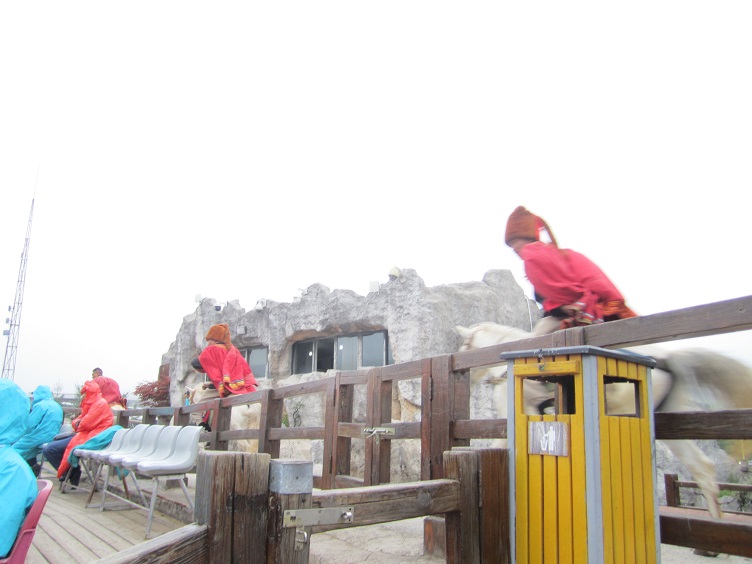You may recall that two years ago the number one cultural activity people indicated they engaged in, according to the 2017 Culture Track survey, was going to the park.
Last week the Washington Post discussed a survey conducted by the University of Vermont which suggested that going to the park, and even the anticipation of going to the park, created
“a jolt of euphoria one might get on Christmas morning.
What’s more, they found, people’s moods started to improve just from the anticipation of a park outing, and the afterglow of increased happiness subsisted several hours afterward. They also found that while any sort of outdoor public gathering space boosted people’s happiness, large parks with lots of vegetation seemed to provide the biggest benefit.”
The researchers geo-tagged Twitter posts in San Francisco over the course of three months. This allowed them to figure out where people were posting from. They analyzed the word choice of the tweets by assigning words with emotional values and found the greatest positivity expressed while at the park and increased positivity before and after visits as compared to other places.
The Washington Post article has a lot of disclaimers about the limits of sentiment-analysis tools like the one used by researchers, but apparently the tools are effective when applied to large amounts of text.
Ultimately, the reason I choose to call attention to the article is to provide a bit of support for the performance in the park programs many arts and cultural organizations conduct around this time of year. Since groups are doing it anyway, they probably don’t need rigorous, unimpeachable survey results to convince them to continue.
If you pondering doing events away from your home facility, the combined data of the University of Vermont study and Culture Track survey, make a park with lush greenery a smart choice.











I've been to a few of the Science on Tap events, though I never gave a talk at one of…